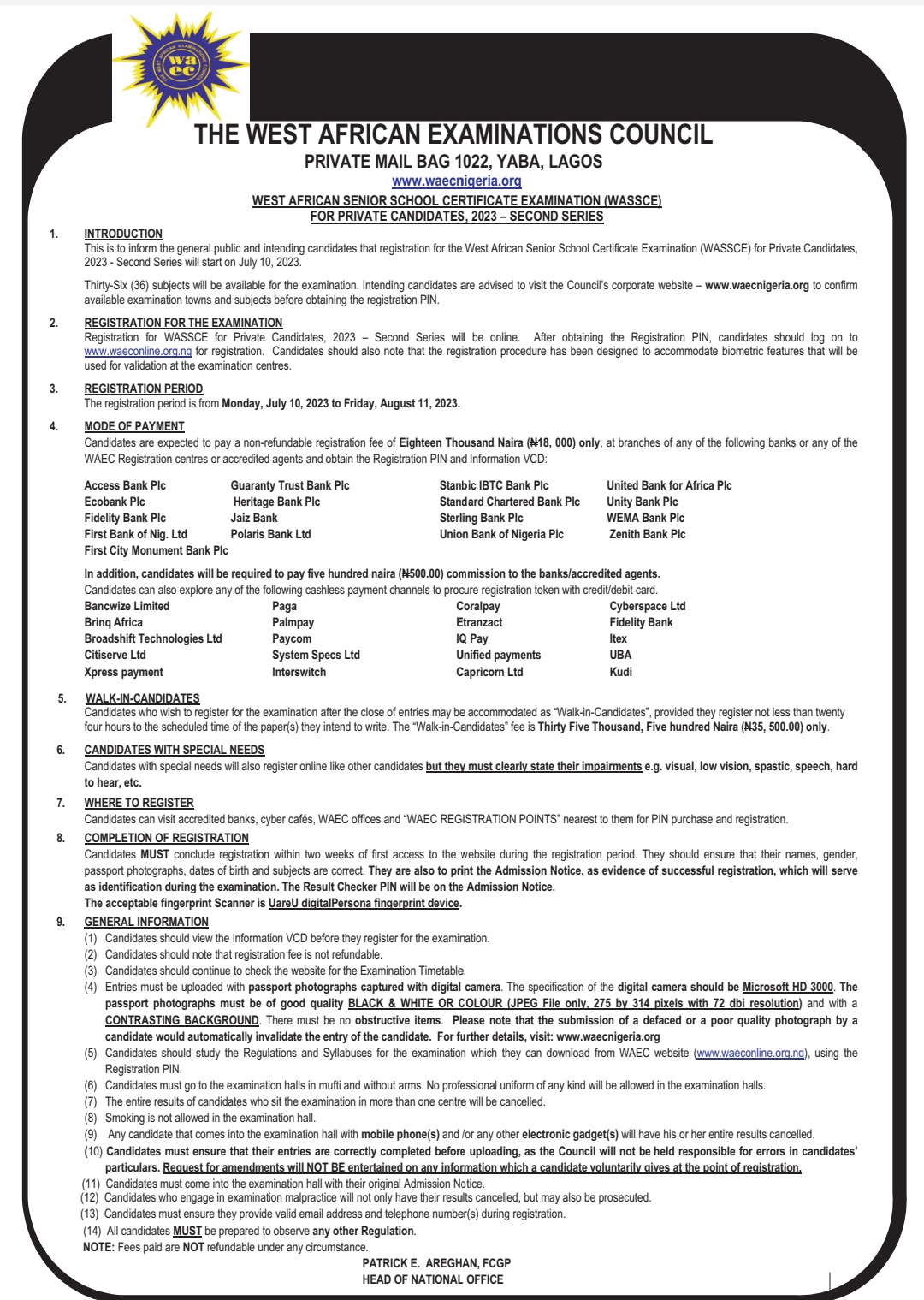
Food security
Update: World Bank Response to Rising Food Insecurity

Domestic food price inflation remains high. Inflation higher than 5% is experienced in 61.9% of low-income countries (an increase of 9.5 percentage points since the last update three weeks ago), 80% of lower-middle-income countries (a decrease of 8.6 percentage points), and 50% of upper-middle-income countries (a decrease of 12 percentage points), and many experiencing double-digit inflation. In addition, 60% of high-income countries (a decrease of 7.3 percentage points) are experiencing high food price inflation. The most-affected countries are in Africa, North America, Latin America, South Asia, Europe, and Central Asia. In real terms, food price inflation exceeded overall inflation in 76% in 166 countries.
Since the last update two weeks ago, the agriculture and export price indices closed 2% and 6% higher, respectively, while the cereal price index closed 3% lower. The increase in the export price index was driven by increase in cocoa, coffee (Arabica), and cotton prices. Among cereals, maize and rice prices saw a decline of 5% and 2%, respectively, while wheat prices increased by 2% since the last update. On a year-on-year basis, maize and wheat prices are 30% and 31% lower, respectively, while rice prices are 36% higher. Compared to January 2021, maize prices are 13% lower, wheat prices are 16% lower, while rice prices are 20% higher. (See “pink sheet” data for agricultural commodity and food commodity prices indices, updated monthly.)
In the World Bank October 2023 World Food Security Outlook, updated estimates and projections highlight that global food security conditions are stabilizing slowly but that disparities between income groups are increasing. Preliminary estimates indicate that global food insecurity may have peaked at 11.9% during 2020 to 2022, with slight improvement to 11.8% expected for 2021 to 2023 and 11.6% for 2022/23, although the long-term outlook remains uncertain. These short-term improvements come after a sustained rise in food insecurity since 2014, projected to level off by 2024/25. There is a risk of these prevalence rate improvements stalling, with a new high of 943 million people facing severe food insecurity by 2025. Looking ahead to 2028, the global severely food-insecure population is projected to reach 956 million. In a downside economic scenario, if central banks fail to control inflation and respond with further tightening, leading to suppressed growth, this figure narrowly avoids reaching 1 billion in the forecast horizon.
Although global food security is expected to stabilize, data at the income-group level reveal that improvements in upper middle-income-countries predominantly drive this trend, with low-middle-income countries anticipated to experience only short-term improvements and an overall slowdown in the long-term upward trend and low-income-countries projected to witness further increases in their severely food-insecure populations. These disparities are wider than in previous outlooks.
A new Food and Agriculture Organization (FAO) report attempts to capture the “true cost” of global agrifood systems by analyzing the substantial hidden costs associated with the sector. According to its findings, these costs add up to approximately $12.7 trillion annually (2020 purchasing power parity, US$), or about $35 billion per day, equivalent to about 10% of GDP in 2020. High-income-countries and upper-middle-income countries account for most of these costs, generating 36% and 39% of total quantified hidden costs, respectively; low-middle-income countries contribute 22%; and low-income-countries contribute 3%, but the ratio of hidden costs to GDP is higher in low-income-countries, averaging 27%. By contrast, the ratio of hidden costs to GDP for all other country income groups is between 11% and 14%. The types of costs incurred vary according to country level income too. In high-income-countries, productivity losses from dietary patterns that lead to noncommunicable diseases are the most significant contributor to agrifood systems damages, followed by environmental costs. In low-middle-income-countries and low-income-countries, social hidden costs from poverty and undernourishment are more significant.
Following Russia’s invasion of Ukraine, trade-related policies imposed by countries have surged. The global food crisis has been partially made worse by the growing number of food trade restrictions put in place by countries with a goal of increasing domestic supply and reducing prices. As of November 27, 2023, 19 countries have implemented 27 food export bans, and 9 have implemented 17 export-limiting measures.
About The Author

